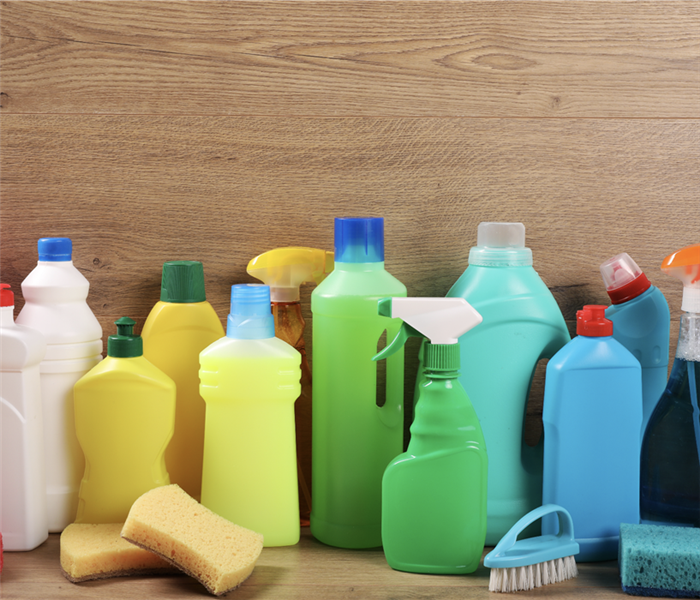Content Cleaning: The Ultimate Guide to Removing Contaminants in Restoration
4/27/2023 (Permalink)
Disasters can strike at any time, leaving behind a trail of destruction and damage. From fires to floods, disaster restoration companies are there to help get your home or business back to its original state. One critical aspect of the restoration process is content cleaning. Content cleaning is the process of removing contaminants from your belongings after a disaster. This guide will provide you with all the information you need to know about content cleaning.
What is Content Cleaning?
Content cleaning is a critical aspect of the disaster restoration process. It involves cleaning and restoring your belongings, including furniture, clothing, electronics, and other personal items. In most cases, these items are covered under your insurance policy, and it's essential to act fast to prevent further damage.
When to Start Content Cleaning?
The longer you wait to start the content cleaning process, the more difficult it becomes to restore your belongings. Ideally, you should start content cleaning within 24 to 48 hours after the disaster. This timeline ensures that the damage is still relatively fresh and can be cleaned and restored effectively.
Steps Involved in Content Cleaning
Inspection: The first step in content cleaning is inspection. A trained technician will inspect your belongings to determine the extent of the damage and assess the cleaning methods required.
Pack Out: If the damage is significant, your belongings may need to be removed from the property for cleaning. This process is called a pack-out. Your belongings will be packed, labeled, and transported to a cleaning facility where they can be thoroughly cleaned and restored.
Cleaning: Once your belongings have been removed, the cleaning process begins. Technicians will use specialized equipment and cleaning agents to remove contaminants and restore your belongings to their pre-disaster condition.
Storage: After cleaning, your belongings will be stored until your property is ready to be returned to its original state. The storage facility should be climate-controlled, secure, and safe for your belongings.
Return: Finally, once your property has been restored, your belongings will be returned to your property. A technician will unpack your items, inspect them, and ensure that they are returned to their original location.
The Importance of Content Cleaning
Content cleaning is an essential aspect of the disaster restoration process. It not only helps to prevent further damage to your belongings but also ensures that your property is safe and habitable. Contaminants left behind after a disaster can be hazardous to your health, and it's critical to have them removed as soon as possible.
Choosing the Right Content Cleaning Company
Choosing the right content cleaning company is essential for a successful restoration. Look for a company with experience in content cleaning and restoration. They should have the necessary equipment and cleaning agents to handle a wide range of contaminants effectively. Also, make sure the company has the necessary licenses and certifications required to operate in your area.
Content cleaning is a critical aspect of the disaster restoration process. It ensures that your belongings are thoroughly cleaned and restored, preventing further damage and protecting your health. Remember, the longer you wait to start the content cleaning process, the more challenging it becomes to restore your belongings. Don't hesitate to contact a professional disaster restoration company immediately after a disaster to begin the content cleaning process.






 24/7 Emergency Service
24/7 Emergency Service